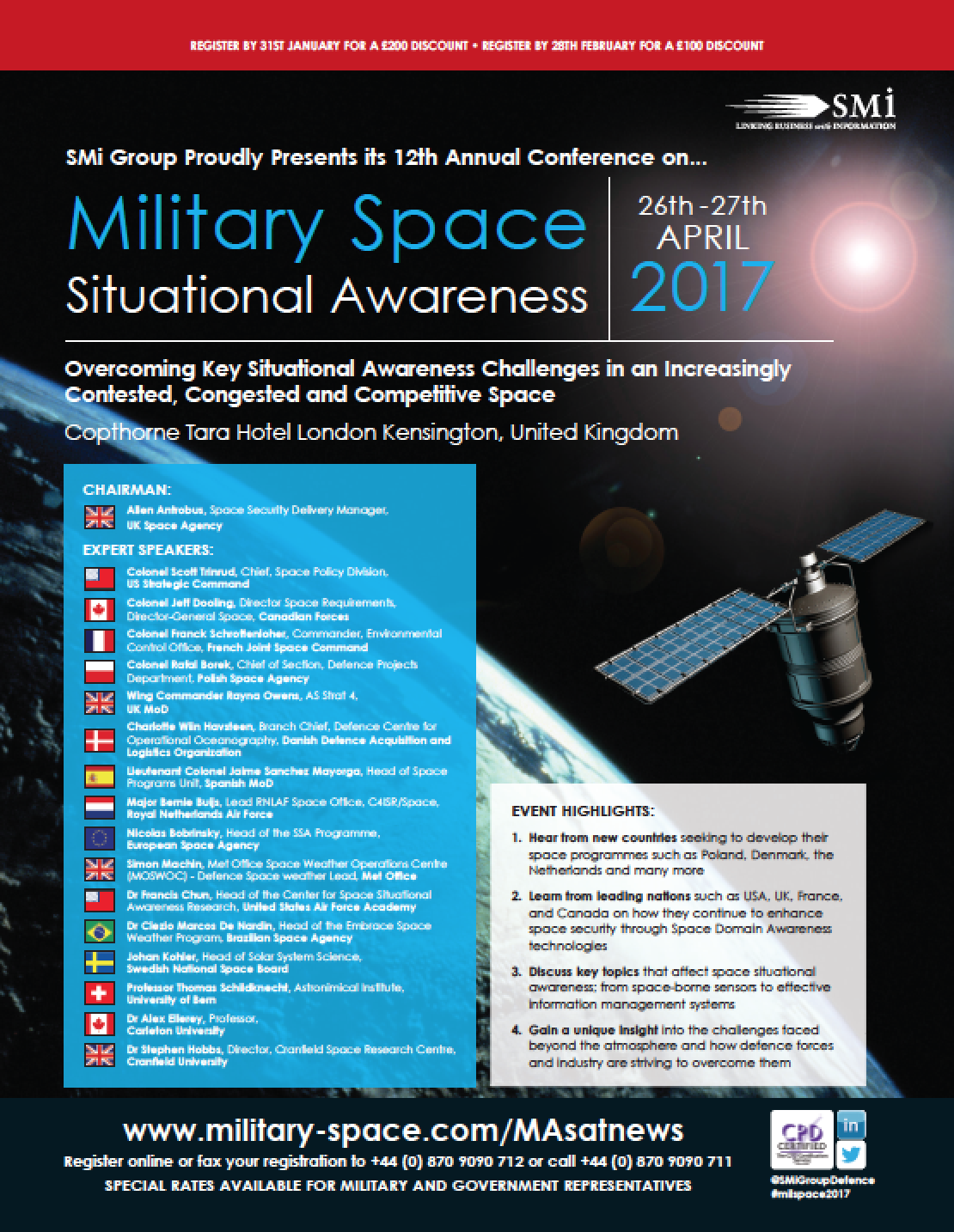If you are a regular reader of MilsatMagazine, you may have already "seen" me banging the drum for why the military should be using Carrier ID to enable quick and easy resolution of satellite interference.

I still believe that it would make a massive difference, both for those specific users and for the space environment as a whole. However, I also think that better automation throughout the process will be a game changer and it is something the entire industry should be aiming towards.
Military Interference
Naturally, as one of the biggest users of satellite technology, the military sees (and contributes) their fair share of interference. In some cases, this interference can be inconvenient, perhaps causing the user to switch satellites or to suffer a degraded service. In other cases, the effect is much more significant, with vital communications potentially lost altogether. When we consider the nature of military operations, that can, quite literally, be a lost lifeline.
Generally, when interference occurs, military users will either increase the output to mask the problem or point to a different satellite. Both of these solutions could potentially cause interference to other users, so of course, these moves are not ideal.
This is however, a natural response, given that in many circumstances, restoring communication can be extremely time-sensitive—this means the military user will be seeking the most immediate, on-the-spot resolution of the interference.
In some cases, the satellite operator will be contacted to resolve the interference, especially long-term cases. The operators are developing tools to enable this, with ways to identify interfering VSAT terminals without the need for CID. This would allow the terminal operator to be informed and the interference halted.
Of course, for the military user, unsure of being identified through CID, that is a daunting prospect. However, these tools are only used by the satellite operator and, as with CID, data would not be visible to, or shared with, any other party. As I’ve said before, not being identifiable makes you instantly recognizable as a military user.
The other area that makes the military a particularly tricky area for satellite communications is the fact that military personnel change frequently. A new rotation could see someone who has never handled satellite equipment before, in charge of all satellite transmissions. A certain amount of training would naturally be given, but a lot of the expertise needed for satellite equipment comes from years of experience in the field.
Of course the other challenge is that most military personnel won’t solely be in charge of the satellite communications, especially when in active duty, with a whole host of roles and responsibilities.
The Role of Automation
With so many other areas to concentrate on, and very little margin for error, what the military satellite users really need is a way in which everything can be done, checked, and tested automatically, without any need for intervention by the personnel.
I have often talked about automation being a significant tool in reducing interference. This is important, as most interference is caused by human error so naturally the more we automate, the more we can reduce that chance of error and the amount of interference will be instantly reduced. It is also important for reducing other types of error, not just interference, making processes much more efficient, as well as requiring much less manpower to operate.
With a growing number of hybrid networks, with multiple distribution paths, automation is increasingly important to optimize the delivery of content or communications over the best path in any given situation or at any given time.

An intelligent system can analyze a number of different parameters to determine which path that should be. For those users with CID, automating also ensures that the CID information is always included in your transmissions and displayed correctly.
As well as automating systems, we should be continually monitoring them—24 hours a day, 7 days a week, and 365 days a year. It is especially critical in a military environment that every piece of equipment is monitored, wherever it is in the world, and that errors are flagged up before they become a problem with significant consequences.
Constant monitoring will identify when a piece of equipment is having a temporary glitch or if a terminal is out of alignment. The goal is that issues are responded to and resolved before the effects are felt. If a monitoring solution is used with a recording feature, then problems can later be reviewed for training purposes, helping to ensure the issue is not repeated.
“An ounce of prevention is worth a pound of cure”
I think most satellite users would agree with Ben Franklin on this sentiment, particularly as it pertains to interference. Although tools to rectify some unexpected interference will remain important, it is much better to prevent it from the onset, when able.
Automation and continual monitoring can drastically reduce errors occurring in the first place and make transmissions much more efficient, ultimately saving time and money, keeping users connected—no matter where in this increasingly dangerous environment they may be operating.
crystalcc.com

Roger Franklin is the President + Chief Executive Officer of Crystal Solutions. He began working for Crystal Solutions at 15 years of age. By age 17 he had exhausted the mathematics offerings of high school and, before completing his senior year, enrolled at Oglethorpe University. Transferring to the Georgia Institute of Technology, he graduated in only three years. Roger has remained with Crystal Solutions and holds a number of positions with increasing responsibilities. He gained experience in all facets of the business, with particular emphasis on product development. Roger acquired the business in 2007.



